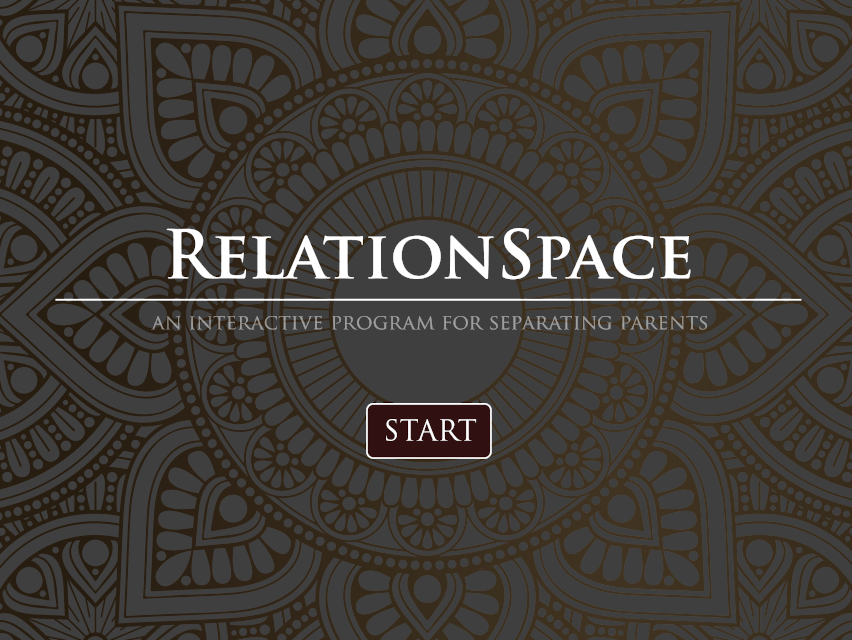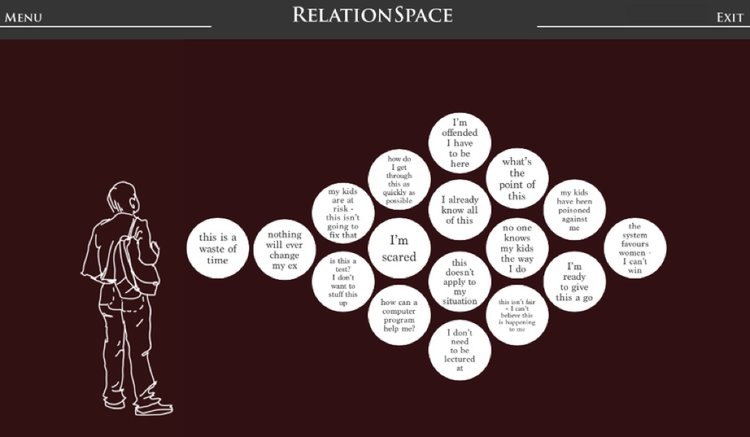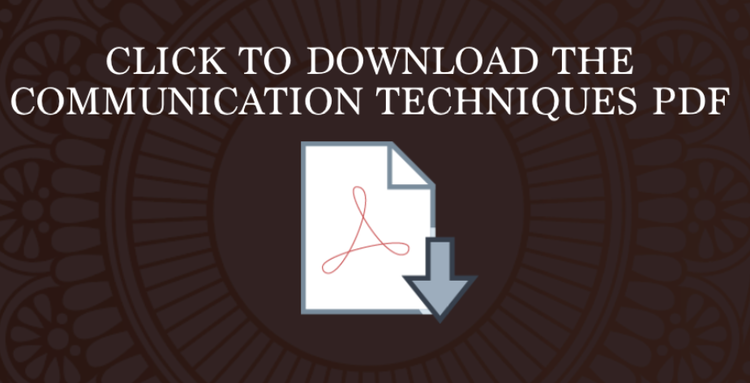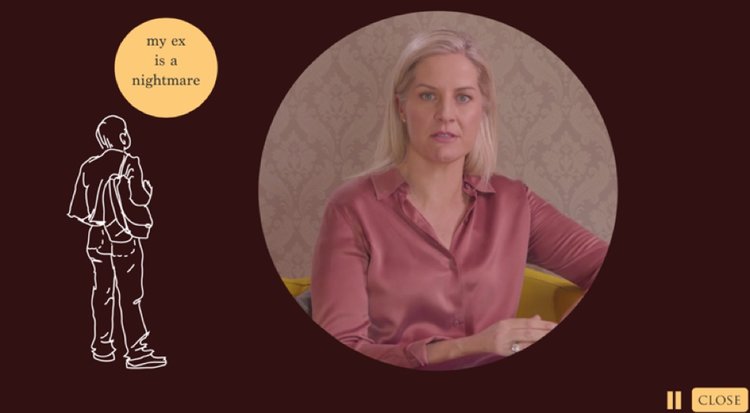Learning outcomes
Part 1: Introduction and You
- Reasons why engagement in the program is important and relevant;
- Common roadblocks to commitment to a behavioural change experience;
- Learning new skills requires alertness, acceptance of critical feedback and challenging sceptical thoughts;
- Considere reflections on others who describe their experiences of separation;
- Challenge established thought patterns in order for individual actions to become more flexible, helpful and adaptable.
Part 2: Looking after yourself
- Learn to improve self-care and enhance effective parenting capacity at a time when the child needs it most;
- Use focused strategies around thinking as a way to manage intense emotions and to improve reaction behaviours to stressful situations;
- Understand common negative self-talk patterns and learn ways to manage them;
- Practice re-framing techniques and shift to more positive, solution-based thinking;
- Learn cognitive and behavioural strategies for moderating intense emotions;
- Learn the effects of anger on a separation; explore common myths about anger and identify ways to manage anger in yourself and others;
- Consider how to adopt behaviours and cognitions to help reduce and manage stress;
- Reflect on a bigger picture view to assist with managing perspectives and expectations for yourself and others;
- Downloaded worksheets on Negative thoughts, Managing Anger and Emotions Wheel.
Part 3: Your children
- Learn how divorce affects children, what is normal and what is not normal for children at each age and stage of their development; Learnt to use the frequency, severity and duration tool;
- Common myths about children and divorce and learn how you can minimise harm;
- Increase awareness about your child’s attachment needs, relationships and temperament strengths and vulnerabilities;
- Learn ways to help your child adjust to the changes in their family, households and routines and practiced new tools to assist them to cope;
- Observe, review and practice new ways to communicate with your child in their new family circumstances to improve their future psychological wellbeing;
- Identify transition challenges, consider the ways in which your child observes you as a model of ways to behave and respond;
- Learn strategies on how to tell your child you are going to separate from their other parent; watch a best practice model and learnt ways to remedy a less than ideal outcome;
- Observe, learn and practise positive coaching skills; how to recognise when a child is having difficulties, and how you can coach your child towards recovery and resilience;
- Download worksheets on children & stress and how to tell the children about divorce.
Part 4: The Conflict
- Learn how intense conflict affects you and others and can be a form of intimacy and an addictive cycle that is hard to break;
- Reflect on personal contribution to the issues and how to engage with your ex-partner in a way that resolves problems;
- Recognise how conflict affects your child;
- Gain an appreciation of the attributes of high conflict personalities, how to identify and observe these traits; how to implement specific skills and behaviours to reduce negative interactions with others;
- Learn specific strategies on how to set boundaries, why boundaries are important and how one parent can make a difference;
- Observe, reviewe and learn how to manage extreme handover situations and talk your way out of conflict;
- Learntpragmatic ways to manage ongoing conflict;
- Download resources on setting personal boundaries.
Part 5: The Plan
- Learn respectful communication techniques and how to use them with the other parent;
- Observe and learn how to build a business-like relationship and go back to basics in communication by recognising, practicing and reviewing communication traps and pitfalls;
- Improve personal communication with specific strategies, skills and techniques to build awareness and a more flexible mindset towards positive interactions;
- Learn how to positive frame issues with your ex-partner with “how to” and “how not to” lessons; review clear steps to getting your message heard positively and how to make a polite parenting request;
- Observe, learn and practise how to construct and deliver a positive proposal to your ex-partner; and how to manage a difficult conversation or topic with your ex-partner;
- Learn helpful things to do and say when things are going wrong; learn and revise communication strategies that reduce conflict;
- Download worksheets on communication pitfalls, communication techniques and helpful statements.
Part 6: The Future & The Law
- Learn how to make an introduction to a new partner when you (or your ex-partner) forms a new relationship; what to expect and how to respond;
- Develop an understanding of how to adjust to a step parenting relationship;
- Recognise that change is inevitable and to be expected and that communication with your ex-partner will be ongoing for many years;
- Recognise that a new partner may or may not be readily accepted by your child and learn strategies to manage this situation;
- Observe and learn how to troubleshoot change, what you can prepare for and how to help your children with the transitions;
- Understand broadly how the Family Law system works in Australia and the pathways or process through which a family law dispute in Australia can be resolved or settled;
- Download an infographic of the family law system in Australia.




